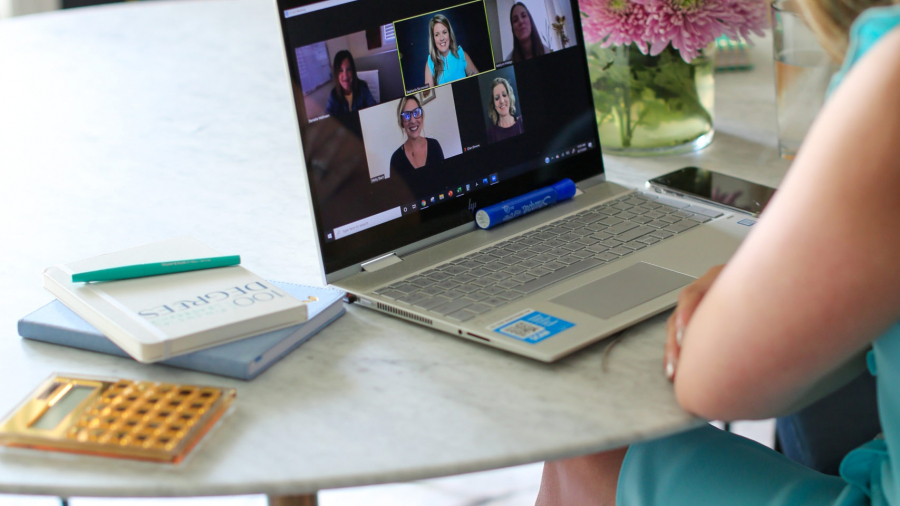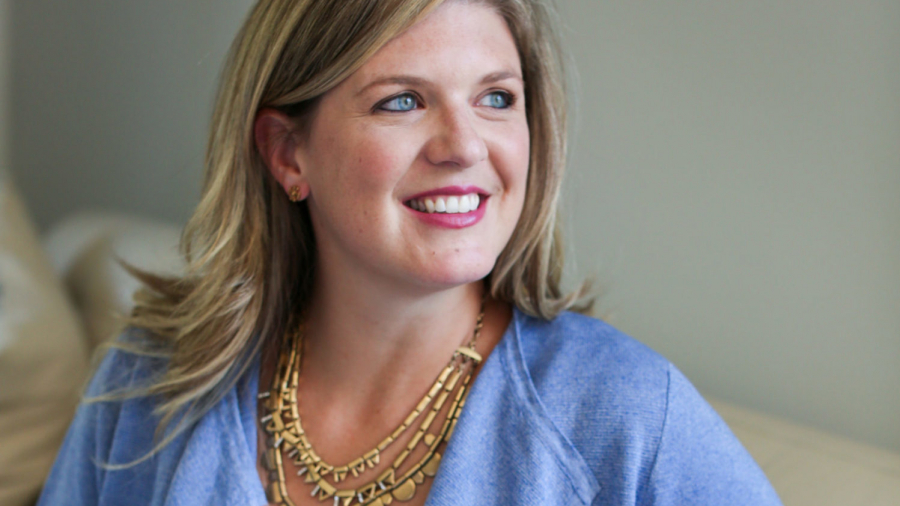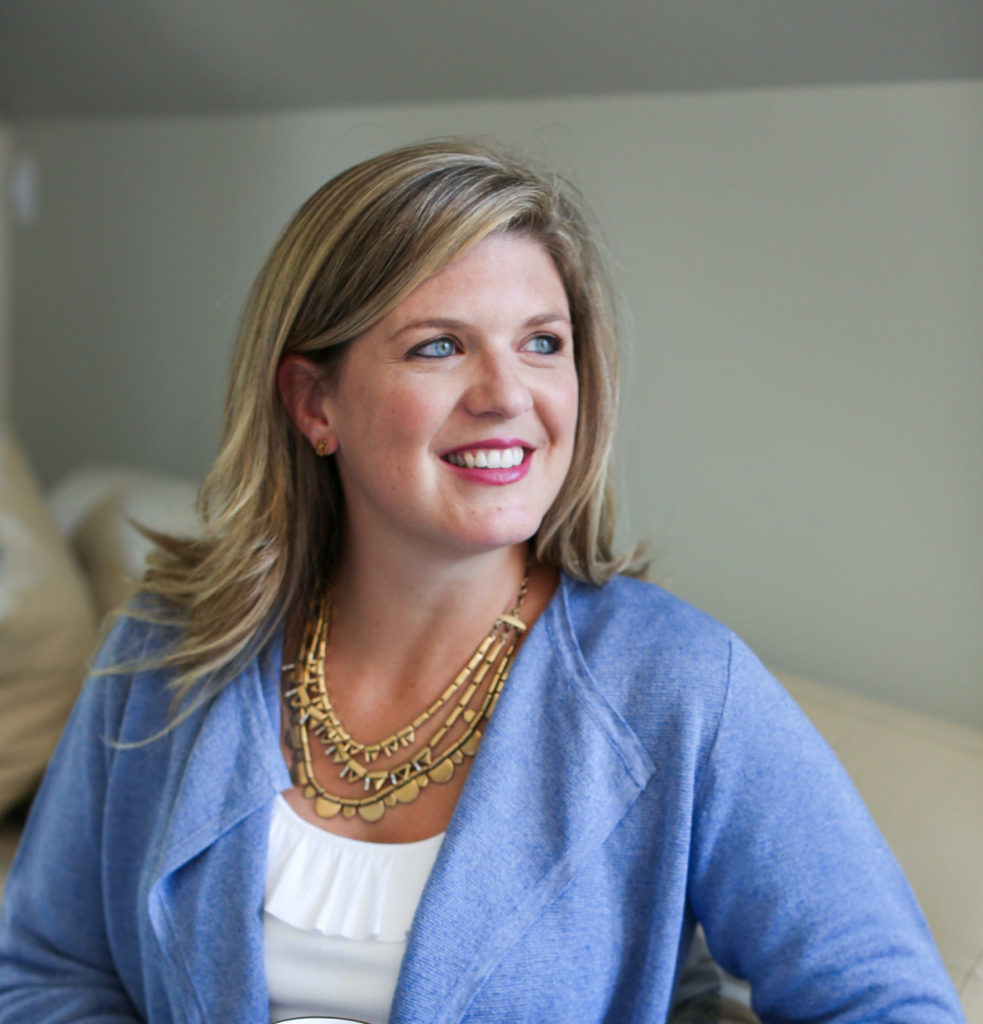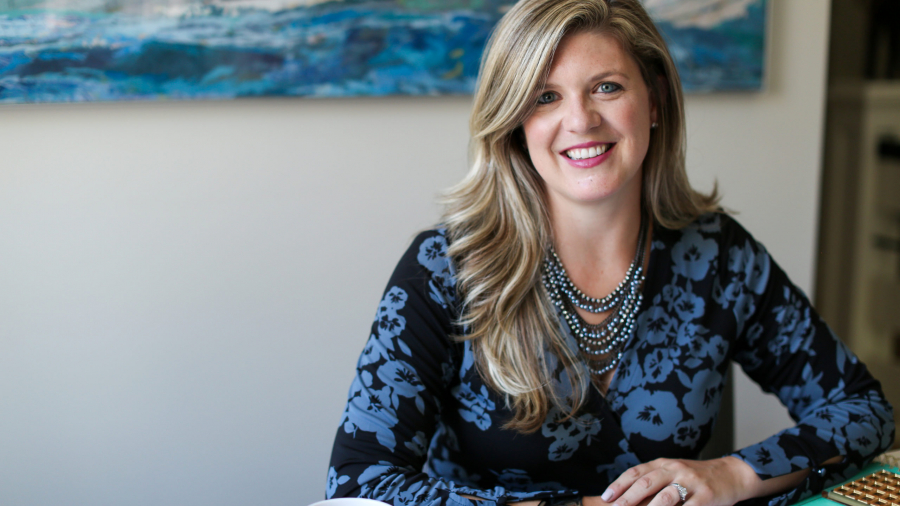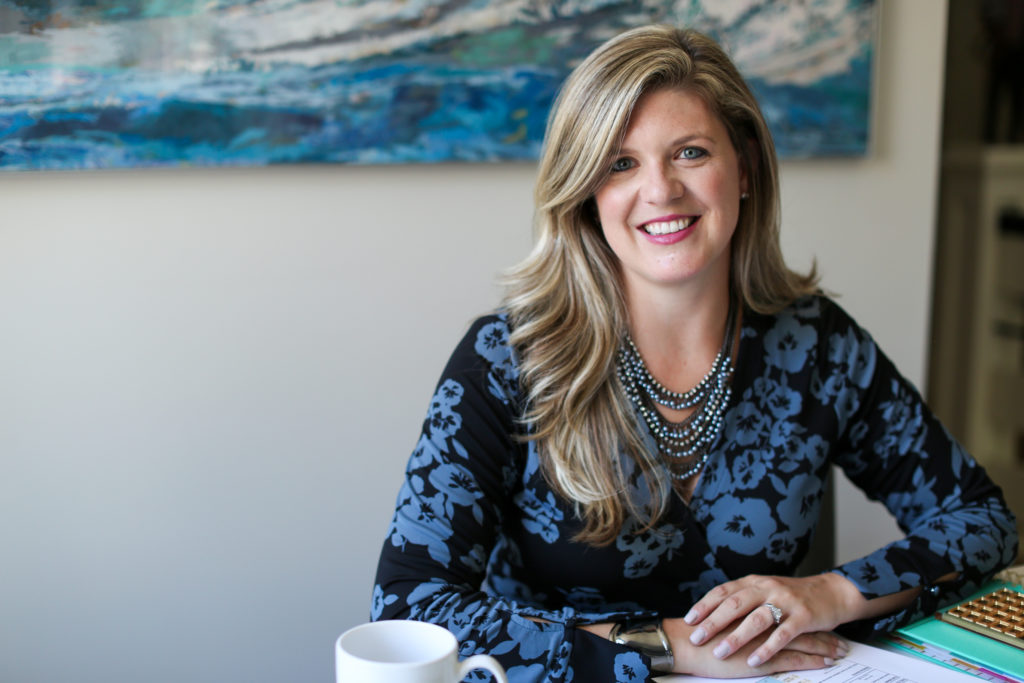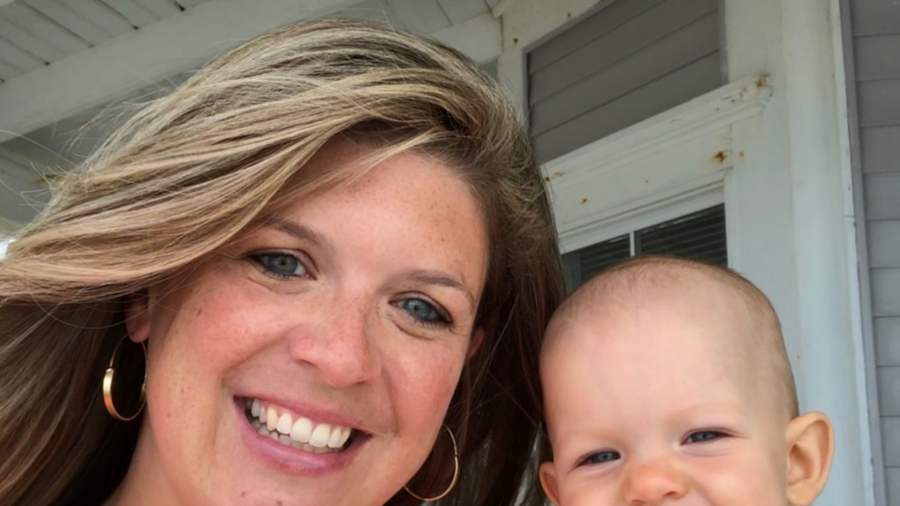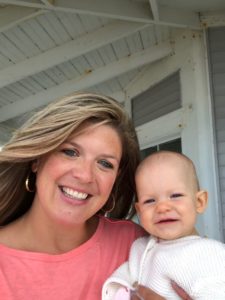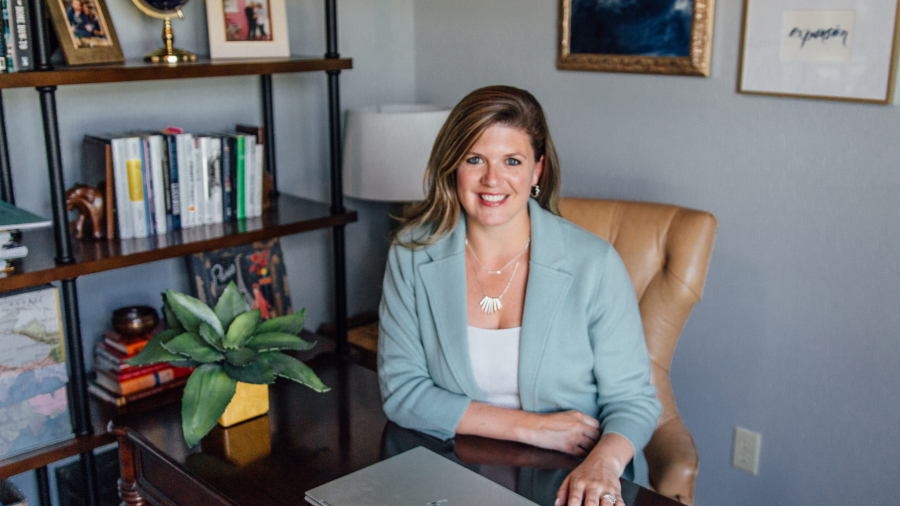
It’s funny looking back on our 2020 goals because the world was so incredibly different just 11 short months ago.
Travel was a big priority for my family and me, I had at least half a dozen conferences in cities around the country planned, plus exciting trips to work in-person with clients. I also wanted to grow my team and bring them together at a beautiful AirBnb overlooking the ocean somewhere.
None of that happened in exactly the way I’d planned, but in some ways, it was better. I haven’t been on an airplane in over a year but our family discovered our new favorite road trip destination – coastal Maine. I presented at virtual conferences in front of thousands more people than would’ve been there in person. I grew my team beyond my wildest dreams and brought them together for a virtual retreat instead.
I shared the live updates on social media during our team retreat week but wanted to share more behind the scenes in a full blog post. So here’s how we planned our virtual team retreat.
- Determine goals. The very first thing that my Operations Director and I did was figure out what we actually wanted to get out of our time together. We’re all incredibly busy, so the top priority for me was to make our time worthwhile. My goals (incorporating ideas from the team) were:
- Build relationships and establish norms for future collaboration
- Begin putting together a 2021 plan for all facets of the business – client-facing and internal
- Provide professional development for the whole team
- Map out an agenda. Once we had our rough goals in place, we mapped them out on the calendar. Since we were virtual, I didn’t want everyone to get Zoom burnout, so we determined that five 2-hour sessions would comprise our entire retreat; three morning sessions and two afternoon sessions, from Wednesday through Friday. Here’s what our agenda looked like:
-
-
- Wednesday AM: Discuss 2020 wins and challenges, discuss 2021 goals
- Wednesday PM: Strengths Finder coaching session
- Thursday AM: Productivity expert presentation, mindset expert presentation
- Thursday PM: Team breakouts to plan 2021
- Friday AM: Team presentations and wrap-up with action items
-
- Hire experts. One of our goals was to provide professional development for the whole team and since I’m not an expert on everything (shocker, I know!), we decided to bring in paid experts to teach our team. Here are the experts we decided on:
-
-
- I love personality tests and have recently been incredibly enlightened by Strengths Finder, so I paid for each team member to take the full assessment, then brought in an expert to analyze them and teach us how we can use that knowledge in our work and lives.
- Productivity was one of the things our team expressed interest in, so our Operations Director did a great presentation with several dozen productivity hacks, from software tricks to ideas on setting boundaries. The team LOVED this session – we’re all busy women, so this was exciting.
- Self-care was another topic that our team expressed interest in (many of us are mamas, so self-care tends to be put aside often!), so I hired a mindset coach to help us examine how we can incorporate more self-care into our lives. It was incredibly enlightening!
-
- Ask the team. Our team’s input both before and during the retreat was crucial. Our business is no longer The Stephanie Show, so it was important to me to make sure all voices were heard. We sent them a pre-retreat questionnaire, asking questions about both their wins and challenges, their personal and professional goals, and how we can grow and better support our clients. Our Operations Director compiled the results and this was the basis of our first session’s discussion. It gave us a great jumping off point for the week.
- Make it special. My team knows I’m obsessed with curating and sending gifts and the retreat was the perfect opportunity to send each woman a little care package so our time together felt special and out of the ordinary. I put together gift boxes with cozy socks, an inspirational mug, a coaster from Nepal, a notebook, a handwritten note, and a Starbucks gift card so that everyone felt special and cozy!
- Remove yourself. As the CEO of the organization, I wanted to give authority and ownership to the team and step out of their way, empowering them to brainstorm and come up with ideas without me. I’ve found that when the CEO is always in the room, people consciously and unconsciously tend to lean in their direction and I want to hear from others! So we had a breakout session where our CFO team and Marketing/Ops team brainstormed and began to build their 2021 plans, then they presented them to the whole team the next day. I loved seeing what they came up with!
- Make it actionable. One of my pet peeves is walking away from a conference overwhelmed with information, but no clear action items. If we didn’t actually implement anything we learned, then what was the point?! So we spent our Friday session going around and sharing one thing we planned to incorporate into our daily lives and work now, and one goal we have for 2021. We are going to follow-up on these in future team meetings too.
- Have fun! This was probably the toughest for me, as I’m not a dance party on Zoom kinda gal. But we kept it light, chatted before each session, and showed up to contribute and support. Here’s hoping an in-person experience, at a beautiful oceanfront home complete with dinners out and champagne toasts, is in our future!
What questions do you have? Have you ever hosted a virtual team retreat?

